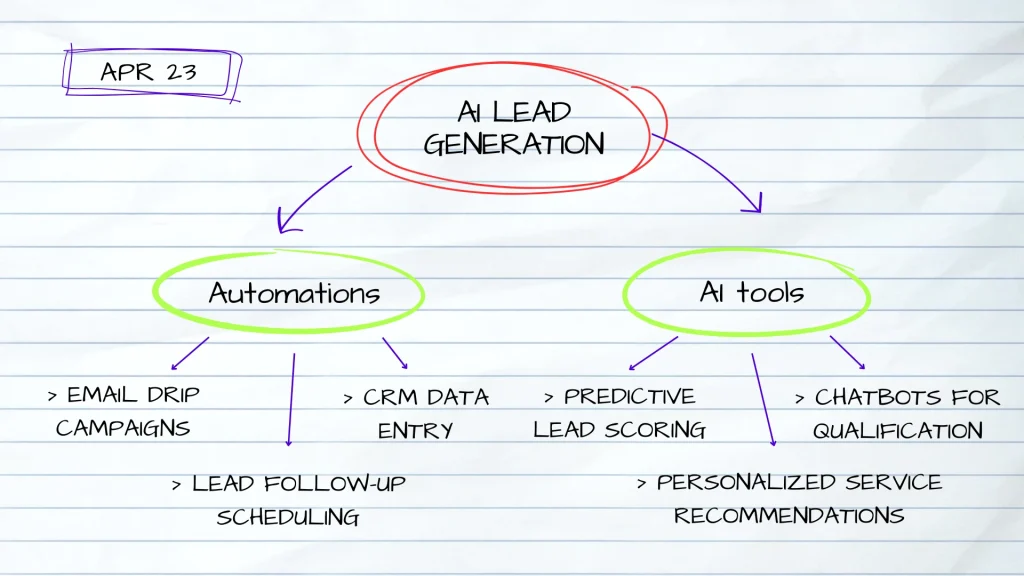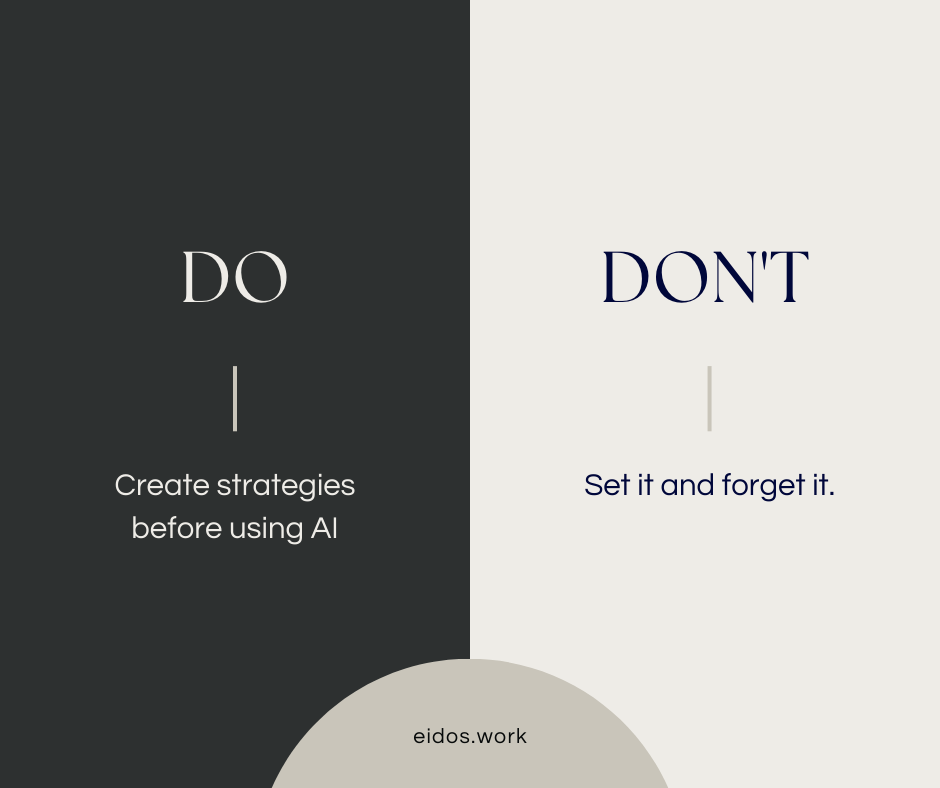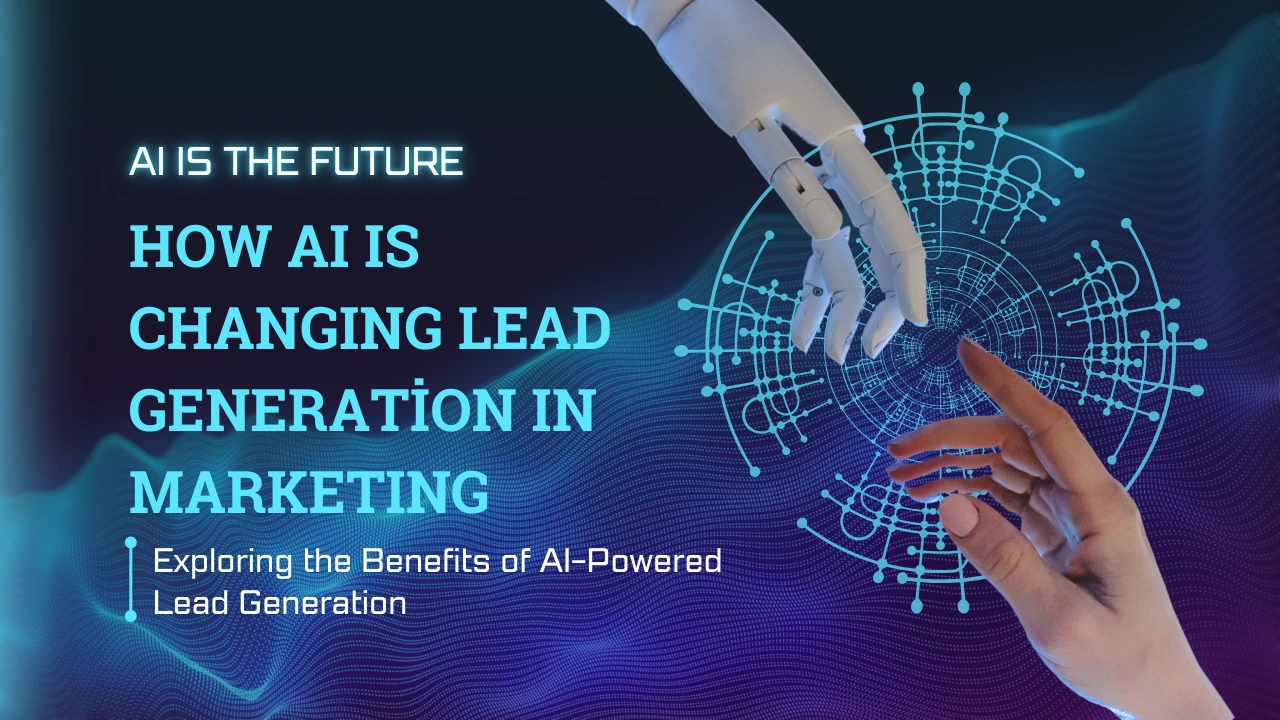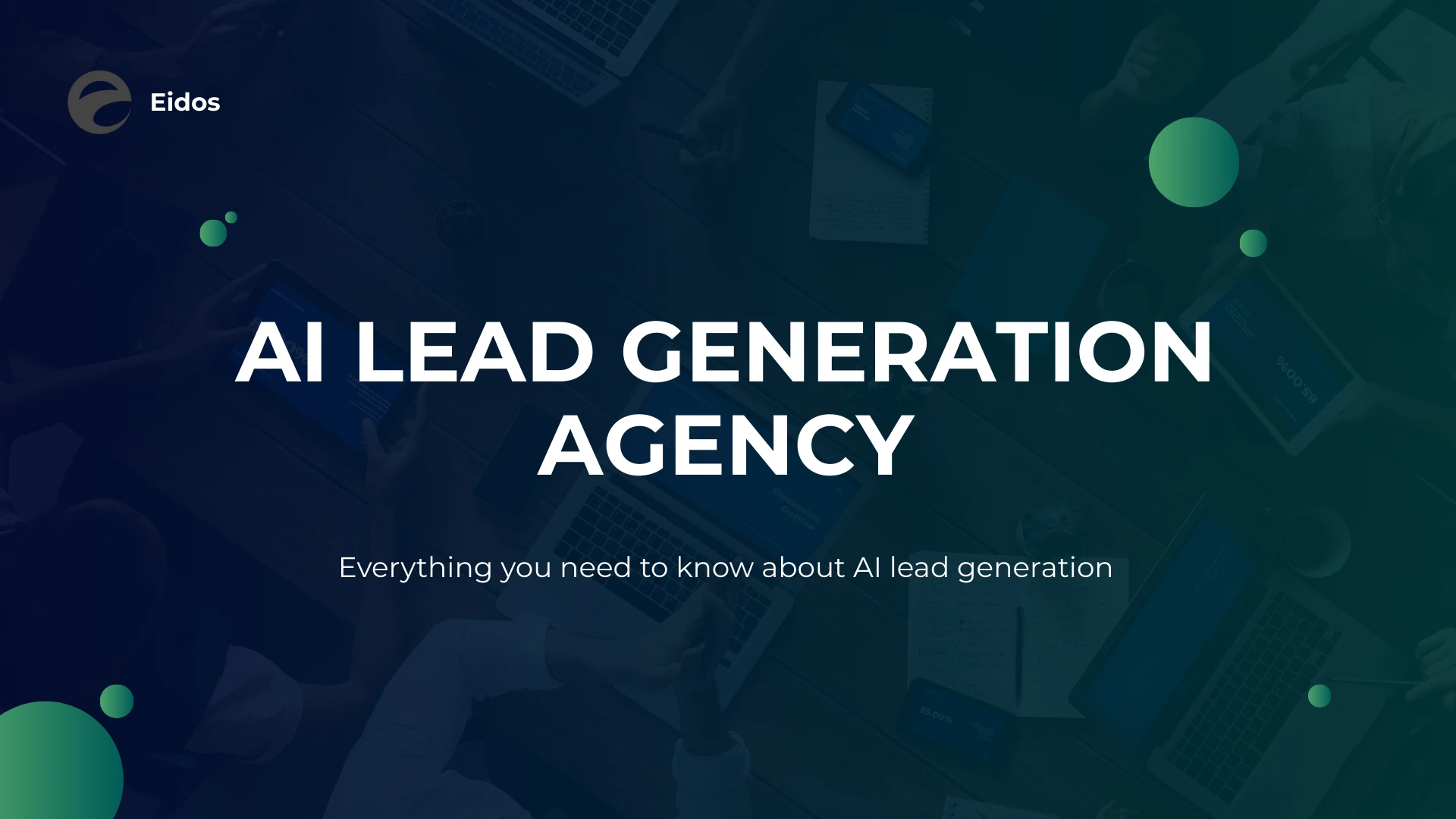Artificial Intelligence (AI) has become a game-changer in marketing, particularly in lead generation. But while the potential is sky-high, many business owners are either hesitant to embrace AI or they implement it in ways that backfire. Now the question is how to implement AI in lead generation?
In this guide, we’ll break down:
- What AI lead generation is
- What most business owners get wrong
- How to do it right (even if you’re not tech-savvy)
Whether you’re running a lean startup or managing an established brand, this article will show you how to leverage AI to drive consistent, quality leads without losing the human touch.

What is AI lead generation?
AI lead generation is the use of artificial intelligence technologies—like machine learning, natural language processing (NLP), and data analytics to attract, identify, and qualify potential customers automatically. Instead of relying solely on manual methods like cold calling, generic email blasts, or spreadsheets, AI can help businesses streamline and scale their lead generation process with greater precision and efficiency.
At its core, AI lead generation focuses on three main goals:
- Finding the Right People
AI tools can scan thousands of data points across the internet social media platforms, website activity, buying behavior, online reviews, and more to find leads that match your ideal customer profile. Whether you’re targeting small business owners in the tech sector or fashion-conscious consumers on Instagram, AI can help you narrow down your audience with laser focus. - Scoring and Prioritizing Leads
Once prospects are identified, AI uses predictive analytics to score them based on how likely they are to convert. This means your sales team spends more time talking to “hot” leads, not wasting time chasing lukewarm ones. - Personalizing Engagement at Scale
AI can analyze a lead’s behavior and preferences to deliver the right message at the right time whether it’s a personalized email, a chatbot interaction, or a targeted social media ad. This type of hyper-personalization builds trust and improves conversion rates without adding to your team’s workload.
Examples of AI in action:
- A B2B SaaS company might use AI to automatically pull LinkedIn data and score leads who recently changed jobs or downloaded a whitepaper.
- An e-commerce brand could use AI to track what products someone browses and then serve up custom discount offers via email or retargeted ads.
- Real estate firms can use AI chatbots on their site to instantly qualify visitors, book appointments, and send listings all without human intervention.
In short, AI lead generation isn’t about replacing your team, it’s about empowering them. By removing the guesswork, automating repetitive tasks, and surfacing the best opportunities, AI helps businesses generate more leads, faster and smarter.
And the best part? You don’t need to be a tech wizard to get started. With today’s AI tools becoming more user-friendly and affordable, even small businesses can harness this power to grow sustainably.

The common mistakes business owners make (and how to fix them)
❌ Mistake #1: Believing AI will “do it all”
A lot of business owners dive into AI expecting it to be a plug-and-play miracle. They set up a few tools and wait for the leads to roll in. Spoiler: it rarely works that way.
✅ Fix:
Think of AI as your sidekick, not your savior. You still need clear goals, smart strategy, and human insight to make it work. AI helps you scale, not replace, your team’s effort.
❌ Mistake #2: Using bad or incomplete data
AI is only as smart as the data you feed it. If your CRM is a mess or your customer data is outdated, AI tools won’t be able to find quality leads, or worse, they’ll target the wrong ones.
✅ Fix:
Start with a data audit. Clean up your CRM. Consolidate duplicate contacts. Ensure you’re collecting accurate data from every touchpoint: ads, emails, social, website, and sales calls.
❌ Mistake #3: Losing the human touch
Automated emails. AI chatbots. Predictive scoring. These tools are efficient but they’re not always emotionally intelligent. If overused, they can make your outreach feel robotic and impersonal.
✅ Fix:
Use AI to inform and support your outreach, not to replace authentic human interactions. Blend AI insights with personal touches, like real conversations, custom video messages, and handwritten notes (yes, even in 2025).
❌ Mistake #4: Having no clear strategy
“Let’s try AI” is not a strategy. Implementing tools without understanding the why, who, and how leads to fragmented workflows and missed opportunities.
✅ Fix:
Start with a strategy. Define:
- Your ideal customer profile
- Where your leads hang out (LinkedIn? TikTok? Email?)
- What the buyer journey looks like
Then, pick AI tools that align with each stage, from lead capture to nurturing to closing.
❌ Mistake #5: Ignoring AI bias and ethics
AI can inadvertently inherit biases from the data it’s trained on. This can result in discriminatory targeting, irrelevant recommendations, and damaged brand trust.
✅ Fix:
Choose AI platforms that allow for algorithm transparency. Routinely review how your AI systems are making decisions. Keep inclusivity and diversity at the forefront of your marketing.
The right way (How to implement AI in lead generation)
Here’s a 5-step roadmap you can follow (even if you’re new to AI):
1. Identify your pain points
Start by asking: Where are you losing time or money in your current lead gen funnel? Is it outreach? Qualification? Follow-up?
2. Choose the right AI tools
Look for platforms that match your business size, industry, and customer journey. A few to consider:
- Lead Scoring & Qualification: HubSpot AI, Salesforce Einstein
- Email Personalization: Instantly.ai, Smartwriter
- Chatbots & Conversational AI: Apointwise, Intercom
- AI Ad Optimization: Adzooma, Adcreative.ai
3. Integrate with your CRM
AI tools are most effective when connected to your customer data. Make sure your CRM is clean and the integration is seamless.
4. Test and tweak
Start small. Run pilot campaigns. Review the data. Optimize as you go. Remember, the best AI strategies are iterative.
5. Keep the human element alive
Train your team to interpret AI insights and bring empathy into customer interactions. AI can get attention, but you close the deal.
Real-world example
Let’s say you run an e-commerce clothing brand. Here’s how you could implement AI in your lead gen funnel:
- Ad Targeting: Use AI to analyze purchase behavior and deliver hyper-targeted Instagram and TikTok ads.
- Chatbot Support: Deploy an AI chatbot that qualifies leads by asking about style preferences or budget.
- Personalized Outreach: Based on user behavior, your email system sends tailored style guides and limited-time offers.
- Lead Scoring: AI ranks leads who opened emails, engaged with social posts, and added products to cart—sending hot leads to your sales team for 1:1 follow-up.
Result? Higher conversion rates. Less manual work. More qualified leads.

Conclusion
AI is powerful—but it’s not magic. The real magic happens when you combine AI’s speed and precision with your human creativity, empathy, and strategy.
If you’re a business owner looking to grow smarter, not just faster, now is the time to rethink how you’re using AI.
Further resources
Here are three resources to deepen your understanding of AI in lead generation:


